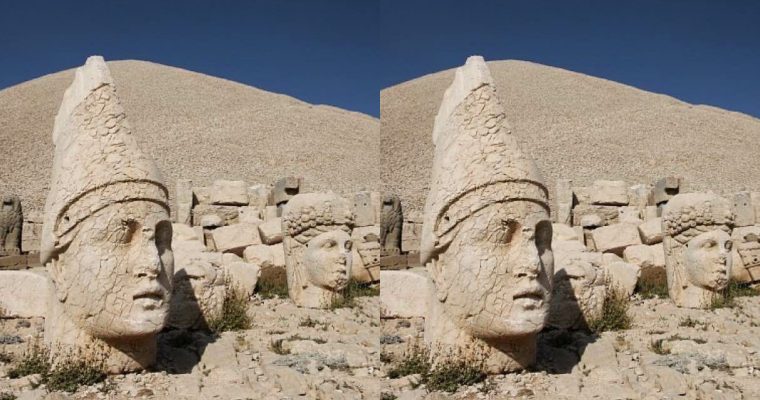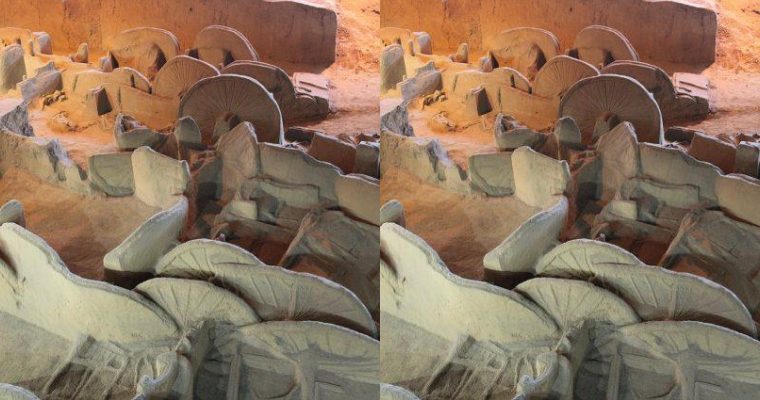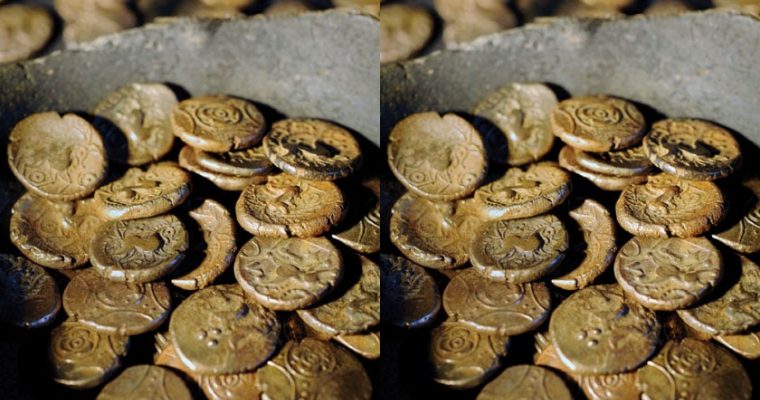Womb Cave is believed to be over 3000 years old.
Utroba Cave, also known as Womb Cave, is a Thracian sanctuary in Southern Bulgaria, located in the rocky area of Tangardak kaya, near the village of Nenkovo.

There are other womb caves around the world, but Utroba Cave is considered the largest.
Womb Cave was found in April 2001 by the herpetologist Gumarov. A few years later, he announced his discovery, and archeology professor Nikolay Ovcharov began researching and exploring the cave. According to the research process, this cave dates from the 9th – 10th centuries BC, from the Thracian period.

The entrance to the cave, as well as the interior layout of the cave, resembles a woman’s womb.
The cave impresses with the shape of a rock crevice with a wide and narrow door inwards. Scientists have proven that initially the limestone cavity was only 16m deep, it was the impact of human hands that made this stone cavity stretched and carved into the shape of a woman’s uterus. That is also the reason for the birth of the name of this cave.

Uterine caves in Bulgaria are believed to date back over 3000 years.
At the inner southern end of the cave, there is an altar representing the carved womb. These caves representing female fertility are believed to date back to the Bronze Age. Around the Thracian reserve near the village of Tatul in Bulgaria there are also similar caves but much smaller and not in such perfect shape.

The cave door seen from the inside.
The height of the entrance is 3m, the width is 2.5m and the depth is about 22m. One can see a crack in the upper part of the cave, through which every day at 12 noon, a ray of sunshine will shine in for a few minutes.
However, it is only during certain times of the year, when the sun is low in the north, that the rays can be long enough to reach the bottom, which is thought to symbolize the fertilization process. mother’s belly.

Once a year, at 12 noon, the sun’s rays reach the cave through the crack creating a very beautiful sight for a few minutes.
Some estimates suggest that this occurs in January and February, while others say it can only happen on a single day of the year – Christmas.

Womb Cave attracts tourists from all over the world to visit.
The unique appearance of this cave has attracted the curiosity of visitors, making it a favorite destination of many people. Womb Cave is also used for meditation and various rituals.

Womb Cave is also a place where infertile couples come to pray for children.
To reach the cave, visitors have to walk uphill about 2km of rocky roads and need at least 1 hour to reach the destination. The picturesque trail on the way back from the cave is also another highlight of the Womb Cave discovery journey.
Source: taxo.info








